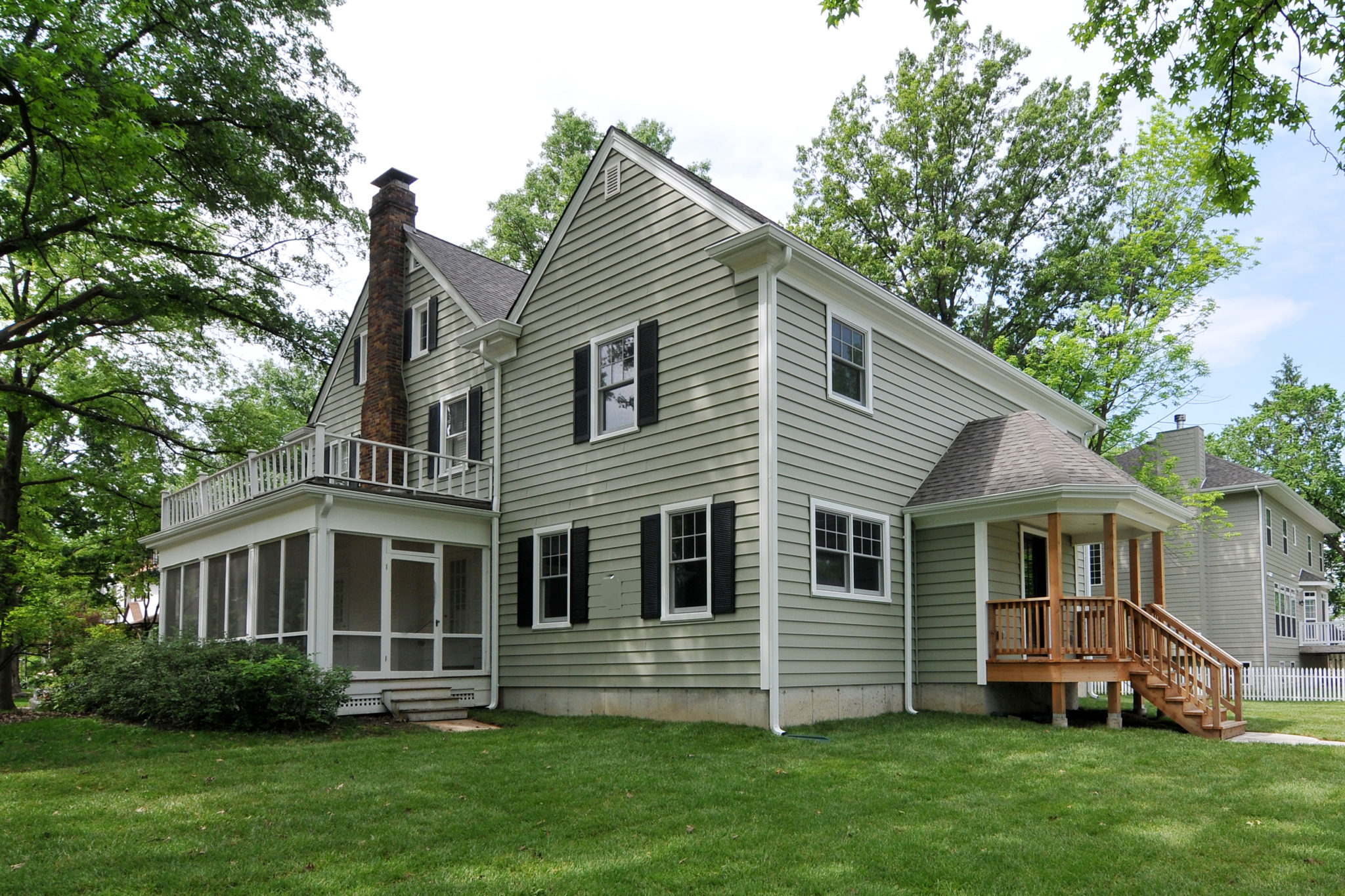While we didn’t have a terribly harsh winter this season in St. Louis, we can now officially say that Spring is just around the corner. That means more outside activities, and the perfect time of year to give your home some attention. While we’re able to control the environment inside our homes, we have little authority over the what the weather is doing to our homes outside.
It’s often been said that the outside of your house is the first impression for visitors and passersby. What is your home’s exterior telling them? Are there dangers lurking that are signs of structural damage? Is there excess debris that’s not only unsightly, but that also could be causing improper water run-off or gutter clogs? Regardless, it’s wise to take a look around at the exterior components of your house to prevent costly repairs in the future. Here are some ideas to help you get the process started in the most common problem-areas:
The Roof
We’re not necessarily advocating that you grab a ladder and climb up on the roof, but the great news is that technology can assist in the process, allowing you to assess the area. For example, binoculars or a digital camera can come in handy when it comes to inspecting your roof. Both of these items will allow users to zoom in to view the details of the home. Plus, if you take digital photos each Spring, you can compare photos and see how your roof is aging, or identify problems that you may not have otherwise noticed.
Gutters
Chances are, debris has accumulated in your gutters over time. Your gutters may contain leaves, or even grime or pollutants from the snow or rain. Clogged gutters can cause major problems, including roof damage and water leaks.
Attics
If you suspect any roof damage, or are concerned that clogged gutters may have caused water to seep into your home (or if you’re just curious about what’s happening up there), pop your head up into your attic space. If you see any water stains which would look like black streaks on the ceiling of your attic, you may have a water leak. Black streaks typically unveil the path water has taken to get under your roof and inside your home.
Siding
Regardless of what material your siding is made of, spring is a great time to walk around the house and expect all sides. This will not only help you identify any damage, but will also uncover which side of your home is most impacted by sun, wind, rain, and other weather conditions that winter has brought your way. Check to ensure that your siding, fascia and trim are secure and in good condition. If you have wood siding, be sure the paint or stain is in good condition to prevent water damage. Or, it may be time to do some power washing, especially if you have vinyl siding.
Other Exterior Components to Consider
Your windows and doors may also need some attention now that winter has finally passed. Check for leaks and broken seals, and determine if there’s any air flowing into the home, which may signal the need for repair or replacement, or just a simple caulk job. If your windows and doors are made of wood, inspect all surfaces and perform any touch-up or re-painting necessary. Finally, decks, porches, stairs and railings will call for different upgrades depending on the material.
It may seem overwhelming, but it doesn’t have to be! To help assist with your spring exterior inspection, develop an exterior maintenance checklist based on the points above to guide you through repairs to prevent water damage, reduce the loss of heated/cooled air and secure valuable belongings. And don’t forget, you don’t have to do this alone! If you suspect or encounter any damage, enlist the help of a professional. By hiring contractors to correct damage, you’ll keep your property well-maintained. Homeowners who act promptly to correct problems with home systems extend the lifespan of residential property. We’re looking forward to helping you revitalize your home. Give us a call today!






